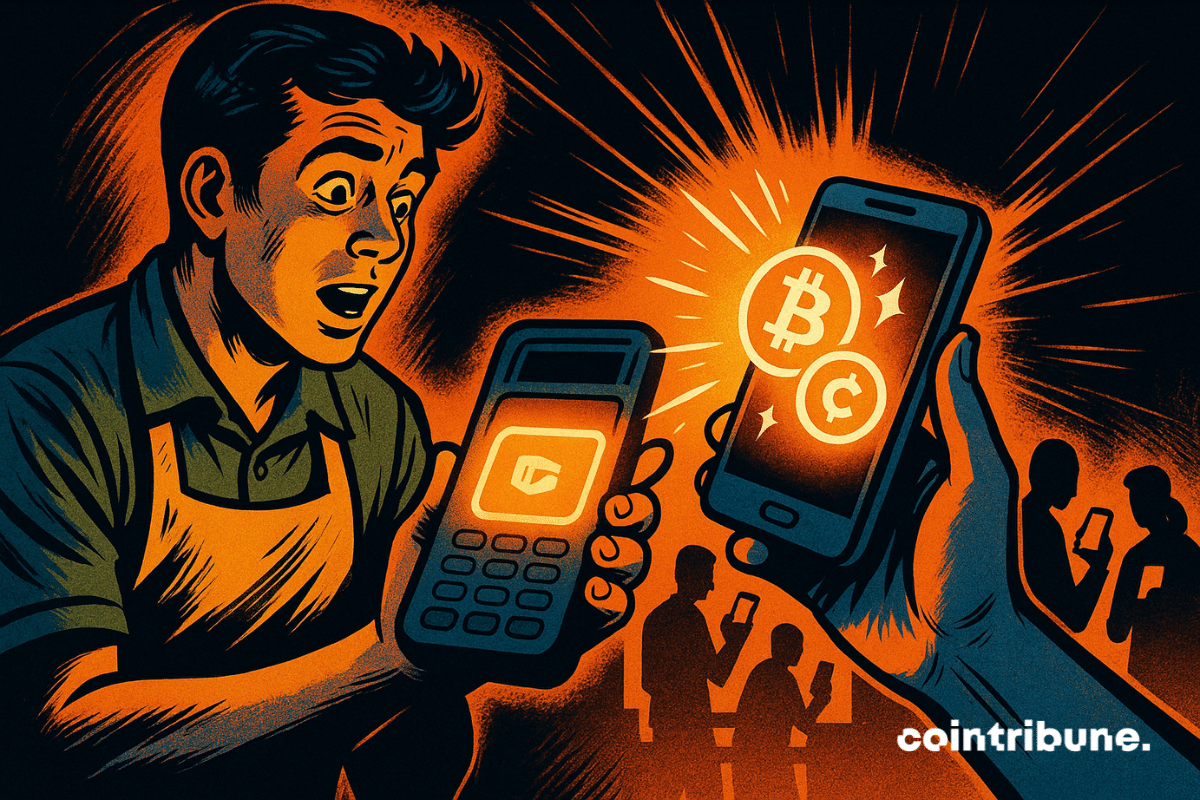Cash App Rolls Out Reworked Green Perks, $500 Borrow Option and AI Assistant Moneybot

Cash App this week rolled out what it’s calling its first-ever “Cash App Release,” a broad package of new features that the company says will reshape how its tens of millions of customers bank, spend, borrow and interact with Bitcoin, and offer an early look at how AI will begin to automate everyday financial decisions on the platform.
The Fall Release, described by Block executive Owen Jennings as the brand’s “most significant product expansion-to-date,” touches nearly every corner of Cash App: banking benefits, credit access, commerce tools, Bitcoin payments and discovery, peer-to-peer improvements, teen savings and safety controls, and Moneybot, an AI-powered assistant that the company says will translate transaction data into clear, actionable guidance.
“At Cash App, we’re hyper-focused on building a platform that reflects how customers are actually participating in the economy today,” Jennings said. The company framed the update around a simple reality: income is fragmented. Cash App points to research showing more than 126 million Americans now earn from a mix of hourly work, gigs and creator payouts, and receive money in many different forms, bank transfers, P2P payments and even cash. Those fractured income patterns, the company argues, aren’t well served by legacy financial products.
One of the biggest changes is Cash App Green, a reimagined benefits program that removes the old requirement that customers receive direct deposit to unlock perks. Instead, qualifying customers can earn Green status either by spending $500 or more per month through a Cash App Card or Cash App Pay, or by depositing $300 in qualifying deposits monthly. That flexibility, Cash App says, makes banking benefits available to the more than 8 million active users who will gain access under the new rules, and addresses a reality the company highlighted: nearly 40 percent of Cash App customers do not receive income via direct deposit.
Green status brings a suite of premium features, including no in-network ATM fees, Priority Phone Support, higher Borrow limits, free overdraft coverage, weekly personalized discounts and higher interest on savings balances. The program is clearly aimed at people whose pay comes in irregular forms rather than steady payroll deposits.
On the credit front, Cash App is expanding Borrow to eligible customers in 48 states, offering first-time borrowers up to $500 with no hard credit checks, no compounding interest and no compounding late fees. The company emphasized that its underwriting looks at near real-time behavior, cash flow, spending, saving, investing and payment consistency, rather than outdated credit histories. Cash App said roughly 70 percent of Borrow users have credit scores below 580, yet repayment rates for the product remain above 97 percent, a statistic the company points to in defending the product’s responsible growth model.
Cash App Pushes Deeper Into Crypto and AI
Commerce integrations were another highlight. Cash App is folding Afterpay functionality directly into the app, so customers no longer need a separate login or app to see their balances and manage buy-now-pay-later plans from inside Cash App. That is paired with new Bitcoin features designed to make crypto usable in daily life, not just a store of value.
Using the Lightning Network, Cash App will let eligible customers pay with Bitcoin for free and instantly, and, later this month, users scanning a Lightning QR code will be able to select U.S. dollars as the payment currency so they can complete a purchase from their Cash USD balance without actually spending Bitcoin. A Bitcoin Map in the app will help customers find nearby merchants accepting Bitcoin, get directions and pay directly over Lightning. Cash App also announced plans to allow eligible customers to send and receive stablecoins on the platform, providing another digital bridge for moving dollars.
Perhaps the most forward-looking addition is Moneybot, an AI-powered assistant built to surface contextual insights and practical suggestions based on a customer’s in-app activity. Cash App says Moneybot can answer questions about account balances and transactions, summarize monthly income and expenses, and recommend how much a user could comfortably set aside for savings or investing. The company stressed that Moneybot is meant to assist, not make decisions, and that the tool will be rolled out gradually after an initial pilot with a select group of customers.
“Moneybot takes it a step further by helping to turn those insights into action,” Cameron Worboys, Cash App’s head of product design, said. “No two financial journeys are the same, so we’ve built Moneybot to learn each customer’s habits and tailor its suggestions in real-time.”
Cash App also continues to invest in the social side of money. Pools, the group-collection feature launched earlier this summer, has been used by 1.7 million customers; Cash App said 19 percent of contributors to pools were first-time connections. The company is adding contributor comments so members can attach notes to payments, reflecting a design that treats money management as increasingly collaborative.
Teen banking and safety features got attention as well. Cash App said the Cash App Card is already the most widely used debit card among U.S. teens and is expanding Sponsored Accounts for 13–17-year-olds, so all such accounts are eligible to earn up to 3.5 percent APY on savings balances. Parental controls are being broadened, with new tools to limit feature access, set spending caps, maintain approved contacts lists, receive instant notifications for payments to new contacts and block specific payments.
Security remains central, the company reiterated, pointing to machine learning systems it uses to proactively prevent fraud and a payment warning feature that has, according to Cash App, prevented over $2 billion in potential peer-to-peer scams since August 2020. Cash App highlights customer-controlled tools, Security Lock, Cash PIN, biometrics and instant card locking, plus 24/7 support and a reimbursement policy that returned over $8 million to more than 80,000 people in 2024.
Taken together, the Fall Release is Cash App’s biggest product push in years: a move to make banking more flexible for workers with irregular pay, to bring credit and buy-now-pay-later features into a single app, to make Bitcoin spendable in everyday commerce and to introduce AI that helps customers act on their financial data. For users who already treat Cash App as their primary money app, the updates will likely cement that role; for those who juggle multiple payment and banking tools, Cash App is making a clear play to consolidate more of that activity inside one platform.
The full Cash App Fall Release is available at cash.app/new, and additional updates are posted in the Cash App Newsroom. Cash App describes itself as a one-stop money app where customers can receive paychecks early with direct deposit, spend with a personalized Cash App Card, grow savings, trade stocks, and buy and sell Bitcoin, now with more ways to spend, borrow and get AI-powered help along the way.
You May Also Like

Cash App Sets 2026 Rollout for Major Crypto Upgrade With Stablecoin and Bitcoin Payment Features

Fed Decides On Interest Rates Today—Here’s What To Watch For
